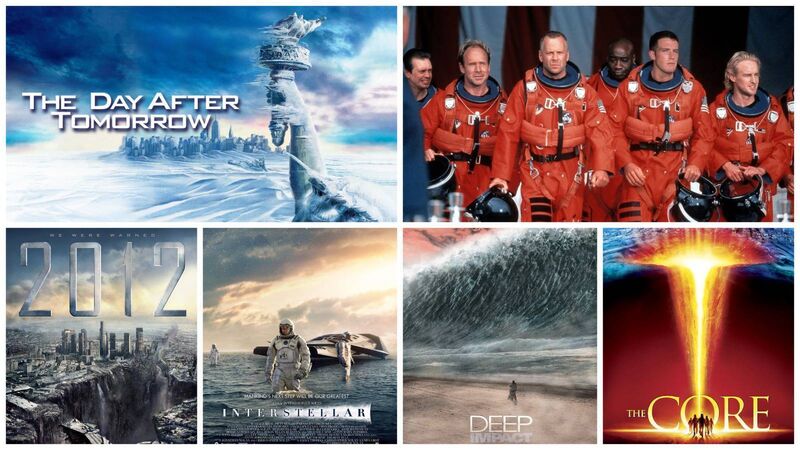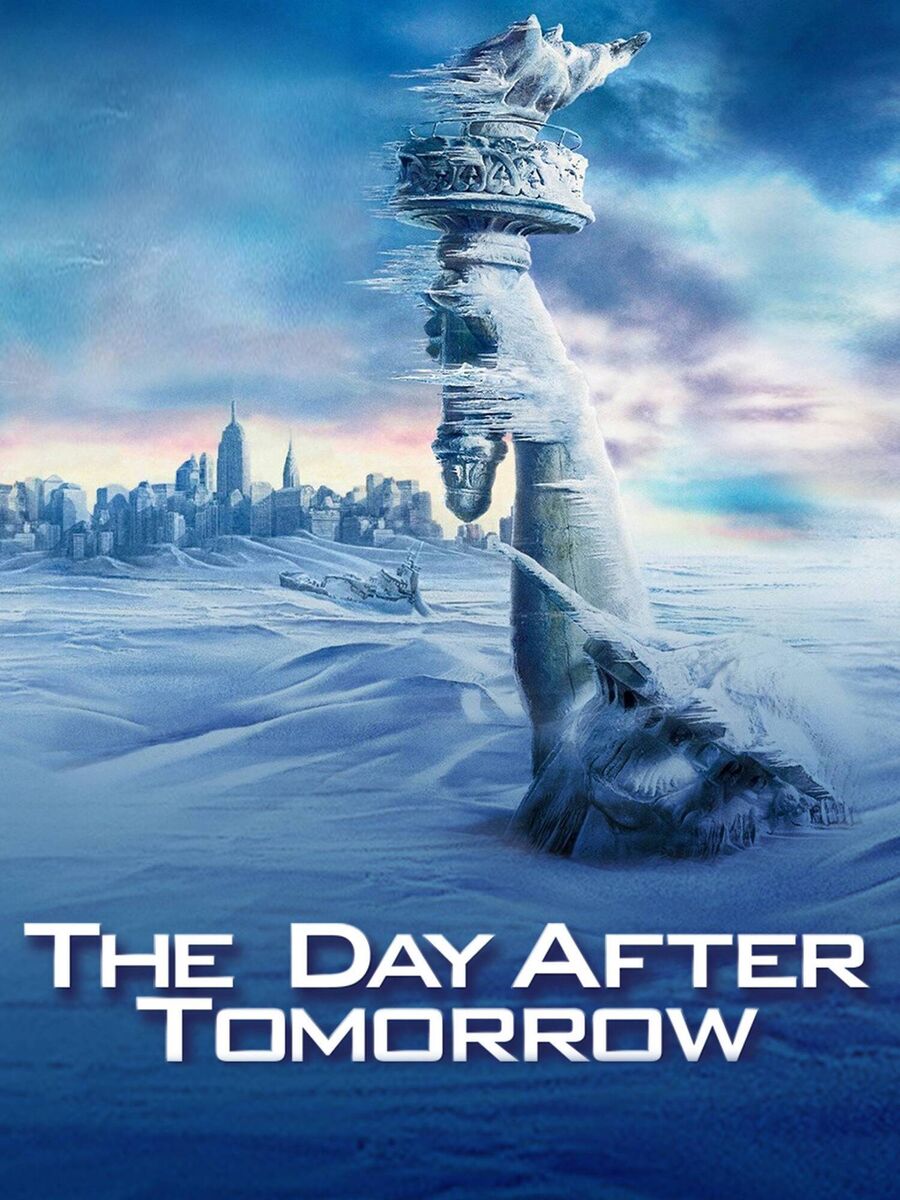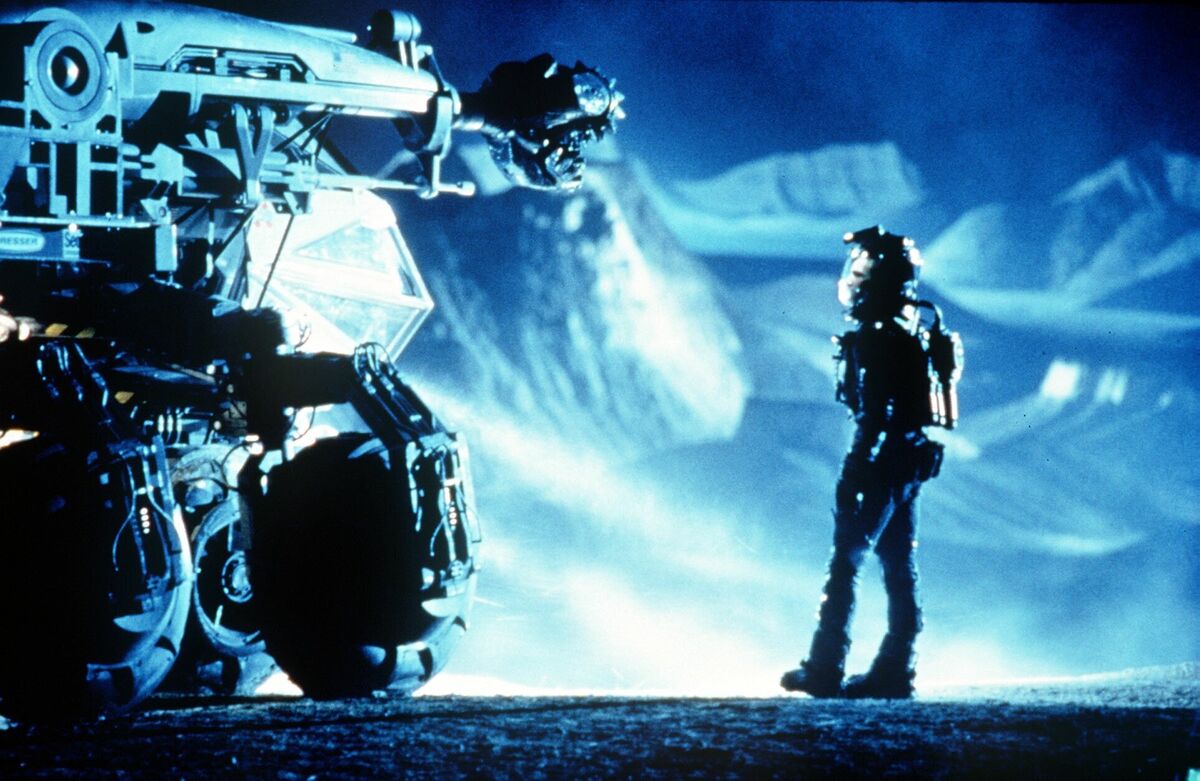How do some blockbuster disaster movies stack up against real science?

End-of-the-world movies may include some scientific facts but are largely cinematic craic
From fiery asteroids to rogue planets, humanity’s fascination with its own demise has fuelled countless blockbuster films. End-of-the-world movies captivate us with their spectacle and suspense, but how do they stack up against real science?
Let’s explore some iconic apocalypse films and rate which ones get close to plausible science and which ones veer into pure fantasy.

: A comet is on a collision course with Earth, threatening mass extinction.
: This one gets a lot right. Comets (icy, rocky bodies from the outer solar system) could indeed strike Earth, as they have in the past (think of the Chicxulub impact that wiped out the dinosaurs 66 million years ago — although this is widely believed to have been caused by an asteroid not a comet).
The film’s depiction of a global effort to deflect the comet with nuclear weapons aligns with real-world concepts like NASA’s planetary defence strategies, including the Double Asteroid Redirection Test (DART) mission, which successfully altered an asteroid’s orbit in 2022.
Where it stretches plausibility is in the timeline, detecting a comet just months before impact is unlikely with today’s tech, which can spot near-Earth objects years in advance. Still, the tsunami-causing aftermath of a smaller fragment hitting the Atlantic? That’s a chillingly realistic touch.
: 7/10. Nails comet impacts and deflection but stretches the detection timeline.

: Climate change triggers a sudden ice age, with superstorms and flash-freezing chaos.
: This film takes a kernel of truth and runs wild with it. The idea of a disrupted Atlantic Meridional Overturning Circulation (AMOC), a key ocean current that regulates global climate, has basis in science. Studies suggest that melting polar ice from climate warming have weakened this system, and under high emissions scenarios it could collapse, which would cool Europe and the planet overall; however, scientists aren’t sure about the timing this could happen — it’s a hot (or cold) topic.
But the movie’s hyper-accelerated timeline (days instead of decades) and dramatic effects, like tornadoes shredding Los Angeles or New York freezing solid in hours, are pure Hollywood. Real climate shifts are gradual, not instant, and liquid nitrogen-style freezing of humans? Thermodynamically absurd.
: 4/10. AMOC disruption is real, but the rest is cinematic craic.

: Earth becomes uninhabitable due to crop failures and dust storms, prompting a search for a new home via a wormhole.
: earns points for ambition. The film consulted physicist Kip Thorne, ensuring its wormhole and black hole visuals (like Gargantua’s accretion disk) were grounded in relativity theory. Crop blight wiping out food supplies is a plausible threat, fungal pathogens and climate change do endanger global agriculture.
However, the idea of Earth becoming a dust-choked wasteland in mere decades is exaggerated; such a collapse would likely take centuries.
The wormhole? Theoretically possible, but we’ve no evidence they exist or could be navigated.
: 7/10. Blight and dust are credible, but the speed and wormhole travel are speculative.

: A Texas-sized asteroid threatens Earth, and oil drillers are sent to nuke it from the inside.
: is a rollercoaster of nonsense. An asteroid that big (1,000 km wide) would obliterate Earth on impact, no drilling required. Splitting it with a nuke wouldn’t work either; you’d need energy far exceeding all human-made explosives combined, and the fragments would still rain down catastrophically.
Plus, training drillers to be astronauts in days? NASA would sooner train astronauts to drill. It’s a thrilling ride, but it’s about as scientific as a cartoon.
: 1/10. Gets the asteroid threat vaguely right but flunks physics and logistics.

: Neutrinos from a solar flare heat Earth’s core, causing continents to shift and mega-tsunamis to ensue.
: This one’s a doomsday fever dream. Neutrinos, near-massless particles that pass through matter, are incapable of heating Earth’s core. Science says no, but the film says 'yes, and here’s tsunamis'.
The idea of “solar flares” triggering pole shifts or crust displacement is geological gibberish, plate tectonics don’t work that way, and shifts take millions of years, not hours.
The arks saving humanity are a nice touch, but the science here is a Mayan prophecy-level stretch.
: 0/10 —Pure fantasy with zero scientific grounding.

: Earth’s core mysteriously stops spinning, so a team drills down to detonate nukes and restart it.
: Where to begin? The core stopping would take an incomprehensible force (far beyond anything natural) and would disrupt Earth’s magnetic field gradually, not instantly. Drilling to the core is impossible with current tech; the deepest hole ever (Kola Superdeep Borehole) reached just 12 kilometres, versus the 2,900 kilometres to the outer core.
And nukes restarting it? Angular momentum doesn’t work like a car engine. This film’s a wild sci-fi romp, not a science lesson. Although there is a factually correct documentary by the same name... and I know a lecturer who accidentally played the wrong core movie to their university class. They shall remain anonymous.
: 0/10. A wild sci-fi ride with no scientific legs.
Whether they nail the science or fling it out the window, end-of-the-world films tap into our primal fears and hopes. Films such as and remind us of real threats, asteroids, climate change, resource depletion, while offering heroic solutions. Meanwhile, and lean into absurdity, prioritising explosions over equations.
Scientifically accurate or not, they all ask: How would we face the end?
And that’s a question worth pondering, even if the neutrinos stay harmless and the core keeps spinning. So, next time you’re watching an apocalyptic blockbuster, enjoy the ride and just don’t bet on it being a documentary.








